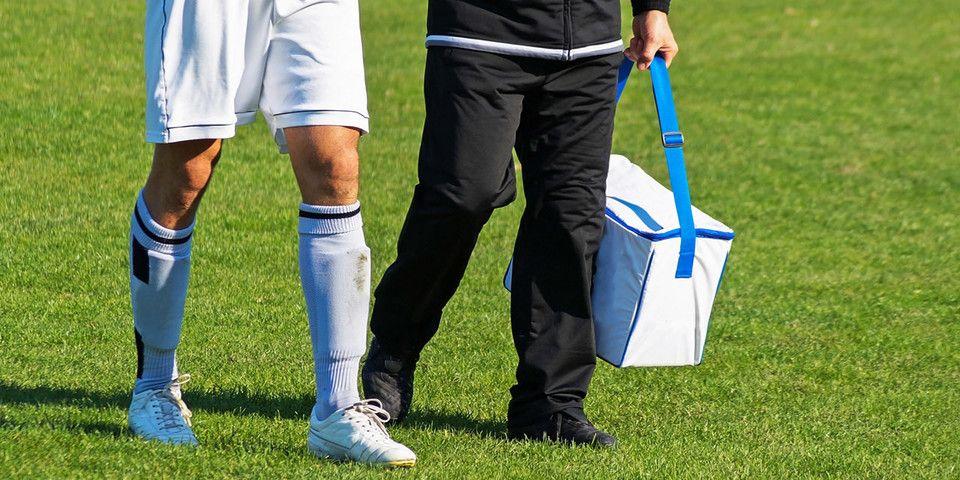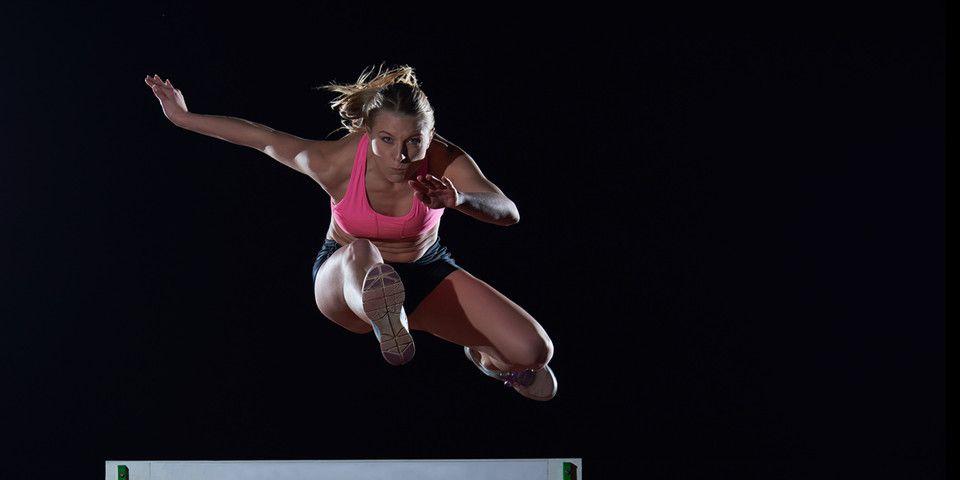Are You Suffering from a Softball Shoulder Injury?
If You’re Experiencing Shoulder Pain, Then It May Be Time to Determine the Cause
The most common softball injuries are ankle sprains (mostly caused by sliding to a base), followed by knee injuries such as anterior cruciate ligament (ACL) tears, and shoulder pain from throwing. There are a number of types of softball shoulder injuries due to the many different components involved in the shoulder joint.
The Anatomy of a Shoulder
Your shoulder is comprised of three bones: your collarbone (clavicle), shoulder blade (scapula) and your upper arm bone (humerus). The shoulder acts as a ball-and-socket joint in which the humerus fits into the socket of your shoulder blade, called the glenoid.
The shoulder joint is held in place by the labrum, a strong, fibrous tissue surrounding the glenoid. Many of the shoulder ligaments attach to the labrum, as well as tendons extending from the biceps muscle. The shoulder capsule is made up of strong connective tissue that maintains the upper arm bone correctly positioned within the glenoid socket.
Tendons and muscles function to keep the shoulder stable. One muscle is the rotator cuff, which is actually made up of four muscles that form a covering (or cuff) around the head of the humerus. The bicep also has two tendons that attach it to the shoulder blade.
Lastly, there are several muscles in the upper back that play a key role in shoulder stability. The trapezius, levator scapulae, rhomboids, and serratus anterior are collectively referred to as “scapular stabilizers.” They control the clavicle and scapula bones, which are supporting structures of the shoulder joint.
The stresses that throwing can place on the shoulder of an athlete can result in an injury to any one of these structures.
Four Common Throwing Injuries
-
Superior Labrum Anterior to Posterior (SLAP)
Most SLAP tears are not the work of one day, but occur over a period of time from repetitive trauma inside the shoulder. The tear is located at the top (superior) part of the labrum tissue surrounding the shoulder socket. This is the area where the bicep tendons attach to the labrum. Many times, a SLAP tear happens because the tendon pulls away from the bone, tearing the labrum in the process. When the tendon becomes partially detached in this way, the shoulder can become even less stable, which worsens the injury. -
Bicep tendonitis
One of the most common softball pitching injuries is tendonitis. Repetitive throwing can irritate the tendon in the upper bicep. If you’re experiencing pain and weakness in the front of the shoulder, these are common symptoms of bicep tendonitis. When you repeatedly load the tendon beyond its capacity, it causes a tissue breakdown and eventually, structural damage. The longer the athlete waits to get treatment, the more severe the structural damage can become. -
Rotator Cuff Injury / Shoulder Impingement
The rotator cuff can be easily irritated by throwing, which may be why rotator cuff injuries are so common especially among softball pitchers. Early symptoms include a dull shoulder pain or pain that radiates from the front of the shoulder to the side of the arm. At first, you might only experience shoulder pain while throwing which later progresses to become a constant source of irritation. Rotator cuff injuries can be acute or chronic. An acute condition can be caused by a tear or strain to the rotator cuff, while chronic injuries result from overuse and repetitive motions.
During a throw, the tendons at the back of the shoulder in the rotator cuff can be pinched between the humerus and the glenoid. This internal impingement may lead to a partial tear of the rotator cuff tendon and sometimes damages the labrum. -
Shoulder Instability (Dislocation)
Instability occurs when the humerus head moves out of the shoulder socket. When the shoulder slips out of position repeatedly, this is called chronic shoulder instability. Such instability tends to develop over many years of repetitive throwing that stretches the ligaments and causes “looseness.” If the rotator cuff structures cannot control this looseness, then the shoulder will continue to slip during throwing.
Most of the time, patients don’t realize that the problem is dislocation due to its gradual nature. Early symptoms are pain and loss of throwing velocity. Later on, the problem can manifest as a sensation of the arm “going dead” (also known as “dead arm syndrome.”)
Talk to a Softball Shoulder Injury Specialist
Rothman Orthopaedic Institute sees many softball athletes every year for shoulder injuries. While the above does not constitute a complete list of all the different types of shoulder injuries from softball, they are some of the most common that we have treated. Because the shoulder is such a complex and interconnected joint, injuries to one part can sometimes affect other parts of the joint when left untreated.
You can prevent a repetitive throwing injury from becoming chronic by seeking professional help earlier rather than later. However, even if you’ve been suffering from shoulder pain for some time, a Shoulder & Elbow or Sports Medicine specialist is equipped to diagnose and treat your condition. You don’t have to live in pain and worry about your softball future. Call Rothman Orthopaedics to take advantage of the best in medical science for softball shoulder injuries at 1-800-321-9999.
Related Specialties
Related Treatments
Related Programs
-

Athletic Training- Sport Medicine Outreach
Our Field Athletic Trainers provide direct sports medicine care to youth, high school, college and professional athletes. Rothman AT’s provide athletic training services throughout Southeastern PA to interscholastic high schools, colleges, as well as tournaments and special events.Read More -

Women’s Sports Medicine Program
The Women’s Sports Medicine Program at the Rothman Orthopaedic Institute is the first of its kind in the Philadelphia metro area and one of only several such programs specializing in the comprehensive care of the female athlete in the country.Read More




